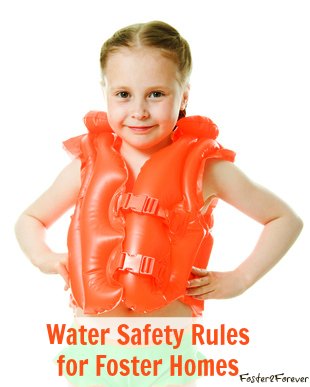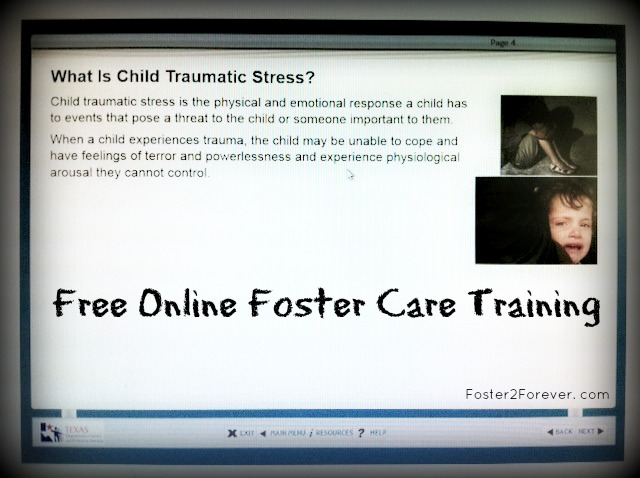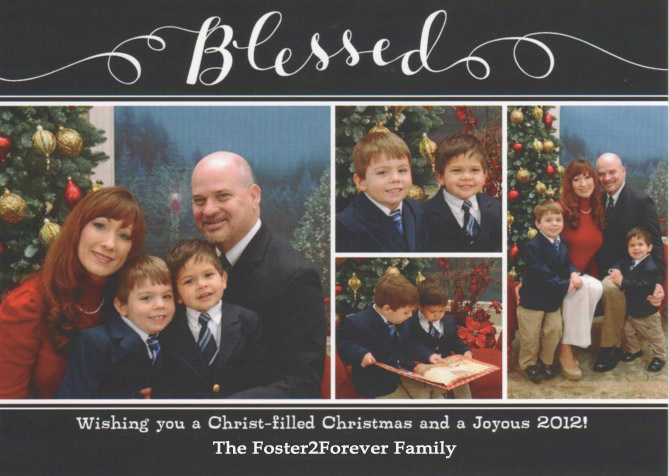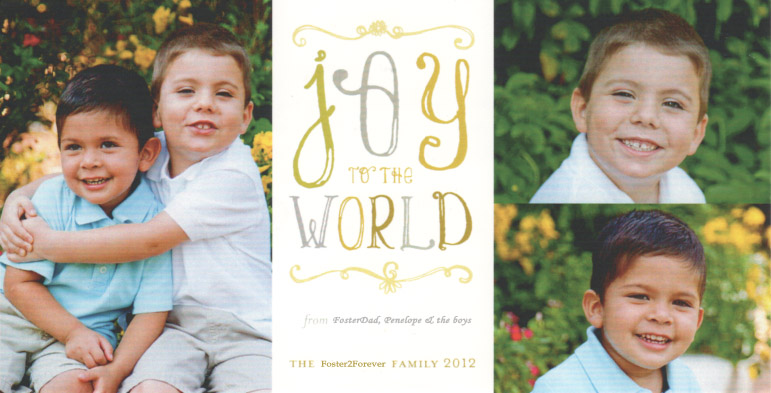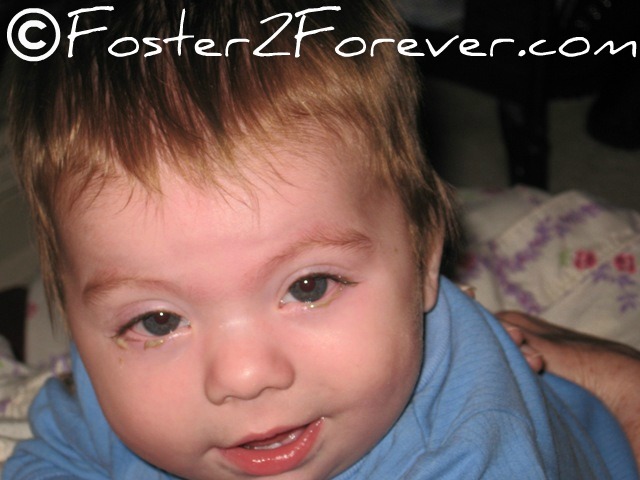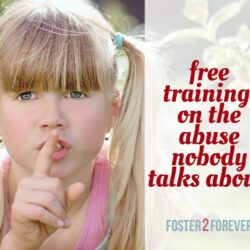Swimming (and playing in the water) is the number one recreational activity in the summer! However, according to the Centers for Disease Control (CDC), one in five people who drown are children age 14 and under! [CDC]
A licensed foster home has rules and regulations to follow in regard to water safety for foster children.
These rules for foster families are actually practical water safety tips that ANY family with children should implement.
Who has to abide by these water safety requirements for swimming pools & water bodies?
These requirements only apply to homes that are providing foster care services. This includes foster homes also approved as adoptive homes, but does not include adoptive homes only approved for adoption.
What are the general requirements for caregivers regarding water safety for foster children?
- Caregivers must use prudent judgment and ensure children in your care are protected from unsupervised access to water such as a swimming pool, hot tub, fountain, pond, lake, creek, or other body of water.
- If children are allowed to swim in a body of water such as a river, creek, pond, or lake, the supervising adult must clearly designate swimming areas.
- Rules governing the activity and the dangers of the body of water must be explained to foster children in a manner that is clearly understood prior to their participation.
What are the child/adult ratios for swimming activities?
The maximum number of children one adult can supervise during swimming activities is based on the age of the youngest child in the group and is specified in the following chart:
|
If the age of the youngest child is… |
Then you must have one adult to supervise every (number) child/ren in the group |
Swimming Child/Adult Ratio
|
|
0 to 23 months old |
1 |
1:1 |
|
2 years old |
2 |
2:1 |
|
3 years old |
3 |
3:1 |
|
4 years old |
4 |
4:1 |
|
5 years old or older |
6 |
6:1 |
- If four or more children are engaged in swimming activities, then there must be at least two adults to supervise the children.
- A lifeguard who is supervising the area where the children are swimming may be counted in the child/adult ratio.
- Children over the age of 12 years old who are proficient swimmers do not have to be included in the ratio.
Do all supervising adults have to know how to swim?
No. However, at least one adult counted in the swimming child/adult ratio must be able to swim, carry out a water rescue, and be prepared to do so in an emergency.
When must a child wear a life jacket?
A child must wear a life jacket when:
- Participating in boating activities;
- The child is in more than two feet of water and does not know how to swim; or
- Ordered by a physician for a child with a medical problem or disability.
What are the general requirements for a swimming pool at a foster home?
- The caregivers must inform children about house rules for use of the swimming pool and appropriate safety precautions. Adult supervision and monitoring of safety features must be adequate to protect children from unsupervised access to the pool.
- At least two life-saving devices must be available, such as a reach pole, backboard, buoy, or a safety throw bag with a brightly colored buoyant rope or throw line. One additional life-saving device must be available for each 2,000 square feet of water surface, so a pool of 2,000 square feet would require three life saving devices.
- Drain grates must be in place, in good repair, and capable of being removed only with tools.
- Caregivers must be able to clearly see all parts of the swimming area when supervising activity.
- The bottom of the pool must be visible at all times.
- Pool covers must be completely removed prior to pool use.
- An adult must be present who is able to immediately turn off the pump and filtering system when any child is in the pool.
- Pool chemicals and pumps must be inaccessible to all children.
- Machinery rooms must be locked to keep children out.
What are the requirements for accessibility and fences around swimming pools?
- A fence or wall that is at least four feet high must enclose the pool area.
- Fence gates leading to the outdoor pool area must be self-closing and self-latching.
- Gates must be locked when the pool is not in use.
- Keys to open the gate must not be accessible to children under the age of 16 years old.
- Doors that lead from the home to the pool area must have a lock that only adults or children over 10 years old can reach. The lock must be completely out of the reach of children younger than 10 years old.
- Furniture, equipment, or large materials must not be close enough to the pool area for a child to use them to scale the fence or release a lock.
Are the requirements different for aboveground pools?
An aboveground pool must:
- Be inaccessible to children under the age of 16 years old when it is not in use.
- Meet the same requirements for swimming pools, but is not required to be fenced.
Does a backyard fence meet these requirements for inaccessibility?
A backyard fence may serve as the pool fence/wall if it meets all fence/wall and gate criteria above that requires that children may not have unsupervised access to the pool area. Therefore, if the backyard fence serves as the pool fence/wall, then children may not have unsupervised access to the backyard and doors leading to the back yard must comply with the requirements. However, if the entire backyard is serving as the pool area, children may not be in the backyard without direct caregiver supervision.
What are the safety requirements for a hot tub?
A hot tub must be:
- Enclosed per the requirements above; or
- Covered with a locking cover when not in use.
What are the safety requirements for wading pools?
Wading/splashing pools (less than two feet of water) must be:
- Stored out of children’s reach, when not in use;
- Drained at least daily; and
- Stored, so it does not hold water.
What if there is a body of water that is on or adjacent and accessible to a foster home?
You must document the following regarding a body of water that is on or adjacent and accessible to the premises of a foster home:
- Type, location, and size of the body of water; and
- Barriers between the foster home and the body of water.
Note: This list of water safety rules is for foster homes in the State of Texas. You can read more of the Texas regulations for foster homes or check with your state foster home licensing agency.

